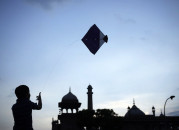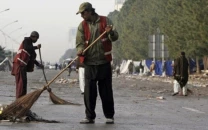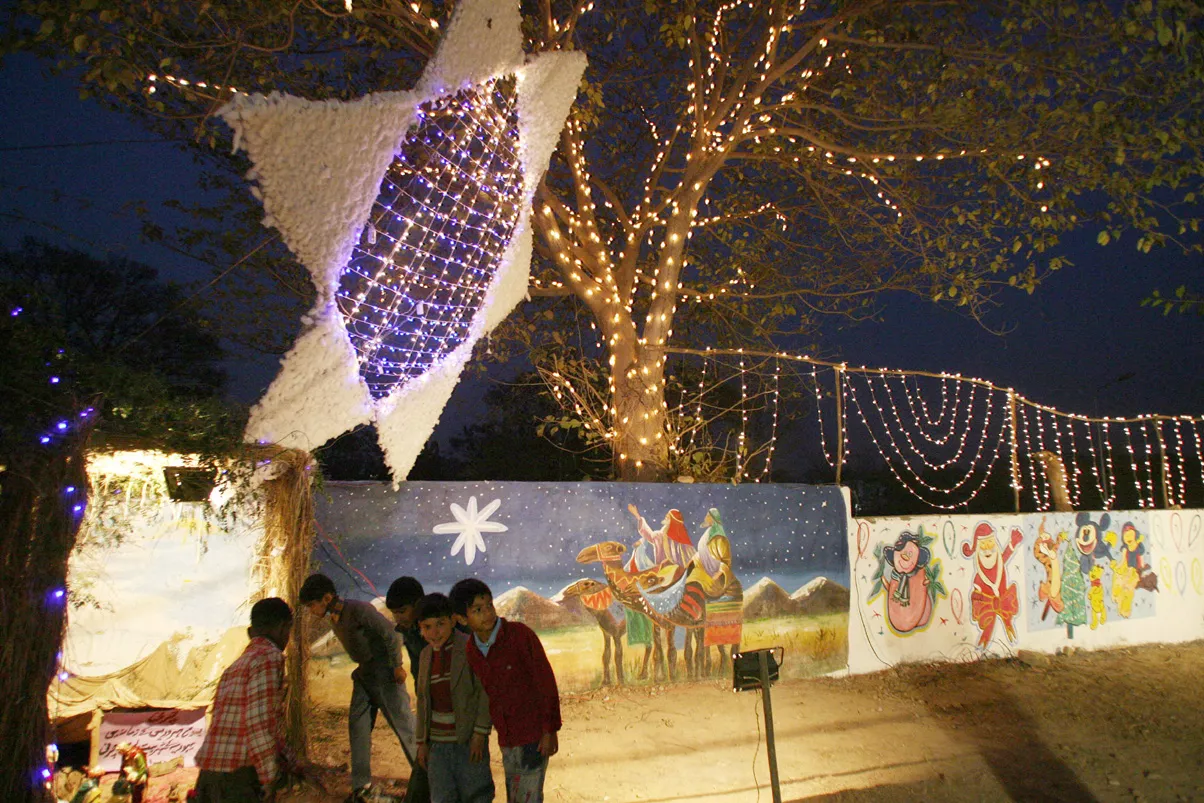Improving instruction: ‘Learning levels of students inadequate’
Pre-budget policy dialogue looks at the state of education.

According to an ISAPS study out of the Rs15 billion allocated by the provincial government for school education, only Rs4.6 billion has been released. PHOTO: FILE
As much as Rs400,000 per year is spent on each student at Danish Schools, said School Educations Department Deputy Secretary Qaiser Rasheed, on Wednesday. He said Rs18,000 was spent annually on an average student at a government school in the province.
Rasheed said the Danish School was a flagship project educating 2,600.
The deputy secretary was speaking at a pre-budget policy dialogue organised by the Institute of Social and Policy Sciences (ISAPS) and the Society for the Advancement of Education in collaboration with United Kingdom’s Department for International Development (DFID).
Rasheed said that the net enrollment ratio in the Punjab had crossed 70%, with average scores in government schools better than in private schools. He said there was no shortage of teachers in the province. In Punjab, he added, the student teacher ratio was 38:1 in primary schools and 12:1 in higher secondary schools.
According to an ISAPS study out of the Rs15 billion allocated by the provincial government for school education, only Rs4.6 billion has been released. This is 30% of the budget. The findings are based upon the data of the Project to Improve Financial Reporting and Auditing (PIFRA) and the Punjab budget for the current fiscal year.
Also, according to the ISAPS, out of the Rs195 billion allocated for education in 2012-13 by the Punjab government, only Rs68 billion (35% of the total) had been used till November 2012.
Ali said while allocations for education were greater than previous years, the government was not ensuring timely release and utilisation of funds. “Budgets are meaningless if they are not linked with ground realities.” Ali said that in some cases the funds are released on time, but not used effectively.
Ali called block grants “blind grants”. “Such grants are triggered on the directive of the chief executive of a province.” He recommended that policy makers stop the practice.
Society for the Advancement of Higher Education (SAHE) Education Research Associate Muhammad Azhar said that Urdu was still widely used as the medium to instruct students despite the Punjab government’s decision to introduce English. He added that school enrollment had risen following the medium of instruction being changed to English but this had brought about challenges in maintaining the student-teacher ratio.
SAHE Chairman Abbas Rashid said the learning levels of students in schools were not close to desirable. Rashid said the improvement recorded should not be a matter of pride. “Whether they are enrolled in private or government schools, our students are losing because they are far behind.”
He said it was a mistake to assume that increasing the number of subjects taught in English would improve students’ language skills. “We should focus on what is happening in the classrooms.” Even teachers, he said, were not at times fluent in English to teach effectively. He suggested that English first be taught as a subject rather than be taken up as a medium of instruction at schools.
Ayesha Javed, a member of the Punjab Assembly’s Standing Committee on Education, said the entire committee had opposed the Danish School scheme. She said the committee had expressed serious reservations to Chief Minister Shahbaz Sharif. “The government went ahead with its decision and we are all aware of the wide criticism the Danish Schools project has attracted.”
Published in The Express Tribune, March 14th, 2013.



















COMMENTS
Comments are moderated and generally will be posted if they are on-topic and not abusive.
For more information, please see our Comments FAQ